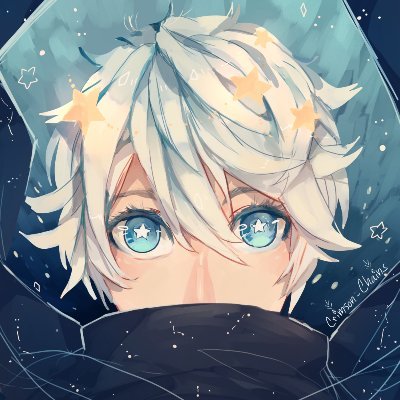
by Michele Kirichanskaya | Apr 17, 2024 | Blog
Crimson Chains is a self-taught artist who has always loved to create comics and stories. Star themes and aesthetics are some of her favorite things to create, and Star Crossed is her first published work. I had the opportunity to interview Crimson, which you can read...
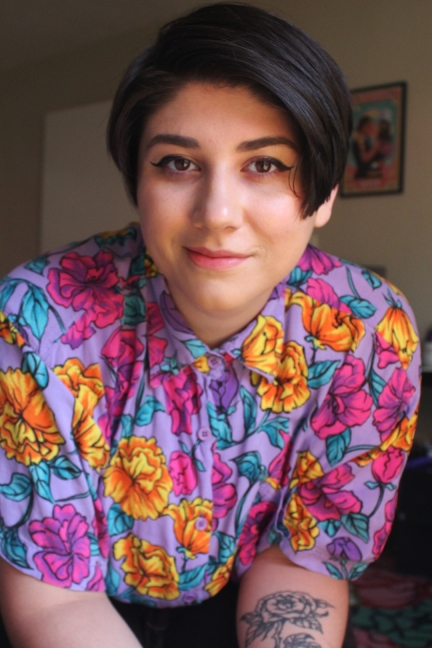
by Michele Kirichanskaya | Mar 26, 2024 | Blog
Rose Bousamra is a freelance illustrator and comic creator born and based in Michigan. Frizzy (with Claribel A. Ortega), winner of the 2023 Pura Belpré Award for Children’s Text, is their first graphic novel, with their solo debut graphic novel Gutless also...
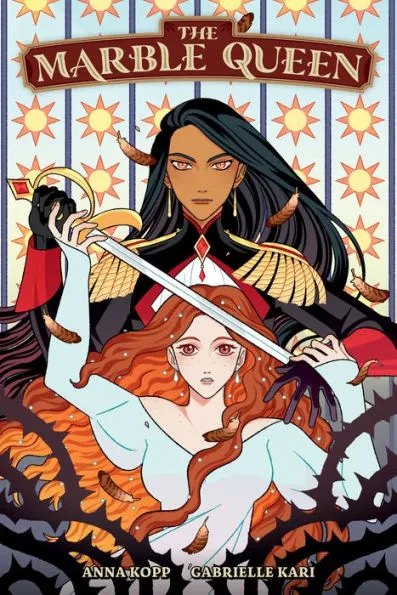
by Michele Kirichanskaya | Mar 20, 2024 | Blog
Anna Kopp is a children’s author who lives in Ohio with her husband, two boys, and two cats. Anna loves creating fantastical stories for children of all ages, from Minecraft picture books to young adult novels. When she’s not writing she’s playing video games or...
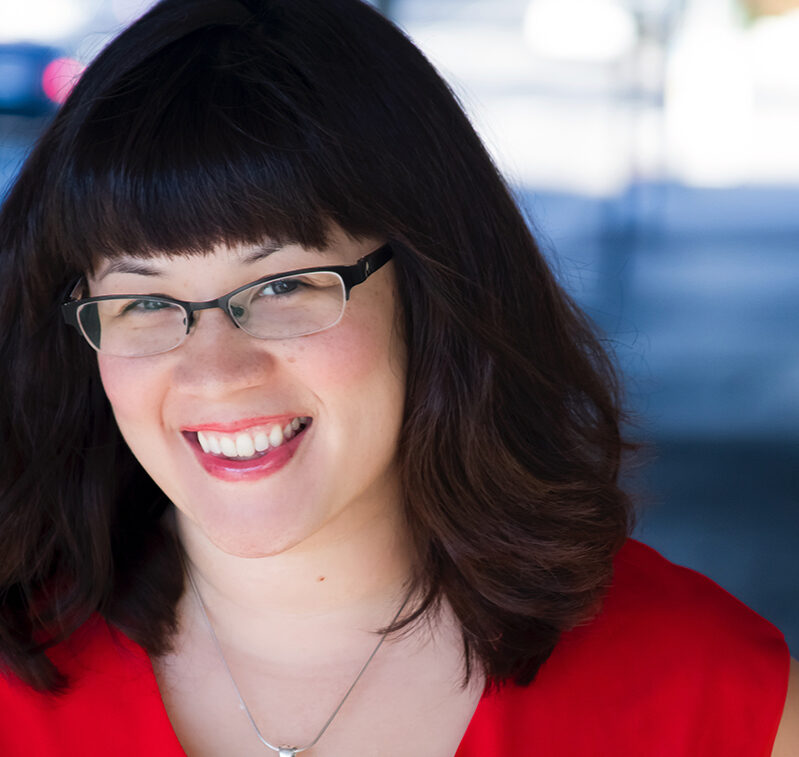
by Michele Kirichanskaya | Mar 14, 2024 | Blog
Sarah Kuhn is the author of the popular Heroine Complex novels—a series starring Asian American superheroines. The first book is a Locus bestseller, an RT Reviewers’ Choice Award nominee, and one of the Barnes & Noble Sci-Fi & Fantasy Blog’s Best Books of...
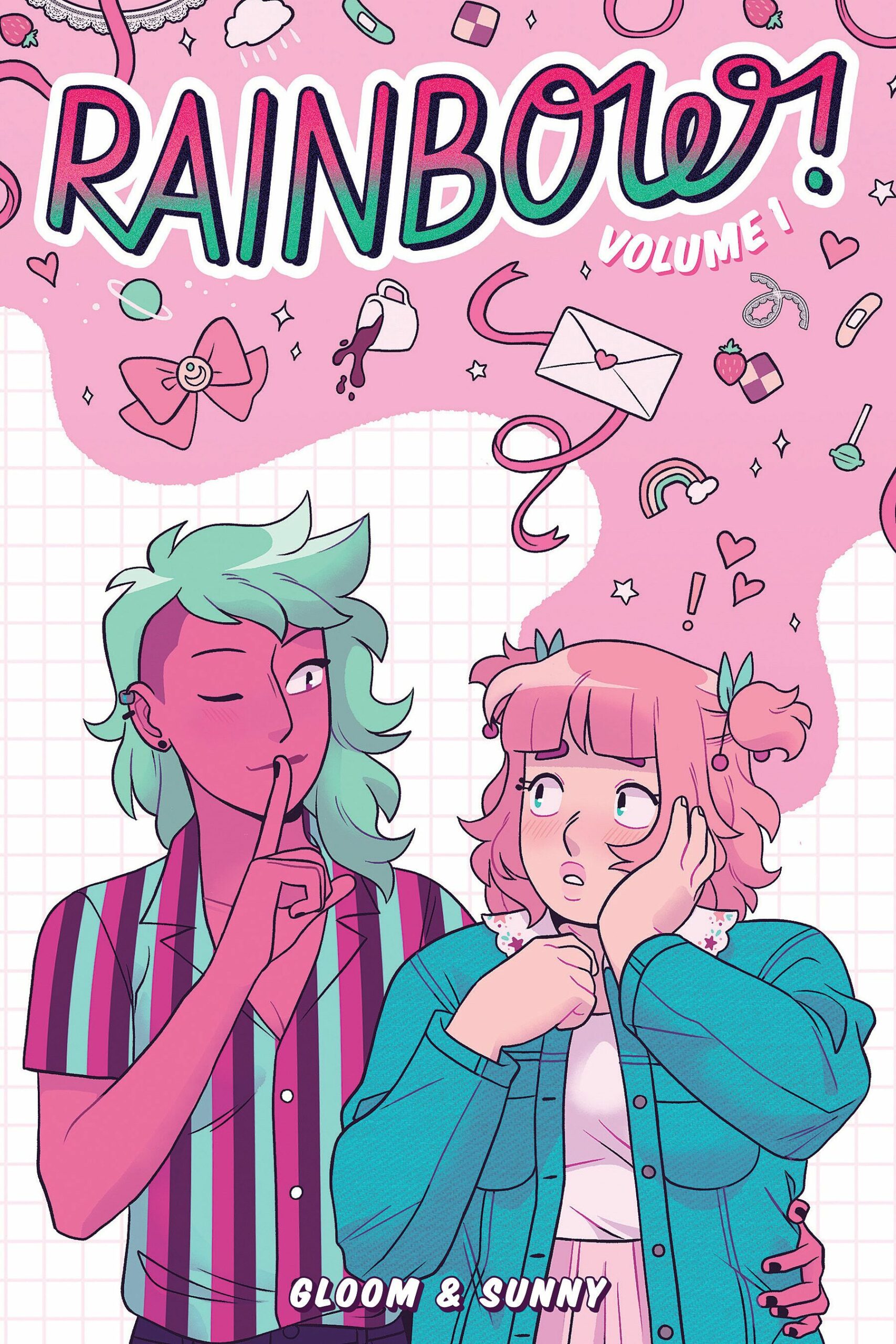
by Michele Kirichanskaya | Mar 6, 2024 | Blog
Sunny Funkhouser Aka Sunny (they/them), is a neurodivergent, queer creator who has been writing ever since they were a teenager. Sunny is autistic with ADHD and likes to collect dolls, make reborn dolls, crochet, act, and sew. They love learning how to do things...






